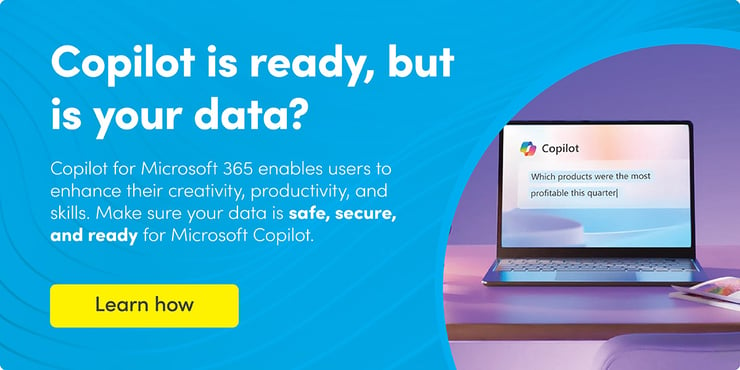Zero-Shot Learning vs Agentic Workflows: A Quick Comparison
If you’re keeping up with AI news, you’ve probably come across terms like LLM, SLM, generative AI, and machine learning. Well, here are two more to aid in your path to knowledge of all things AI. Artificial intelligence (AI) has seen two significant advancements in recent months: zero-shot learning and agentic workflows. These two have the potential to transform how AI systems adapt and operate. While both have benefits, it’s important to understand what and how they each will impact AI in the near future.
What does zero-shot mean in LLM?
Well, LLMs are zero-shot models. Zero-shot learning is an AI model that can recognize or classify objects it has never seen before during training. This is inspired by humans' ability to apply existing knowledge to new situations. Put simply, it mimics a human’s ability to see or connect relations between arbitrary items to derive a new solution or thought. It primarily utilizes semantic relationships, auxiliary information, and knowledge transfer. The benefits of zero-shot learning include reduced data requirements and improved flexibility, allowing AI to function in novel scenarios. Despite its advantages, challenges arise, such as lower performance trade-offs, high semantic dependency (which means it has been trained on large amounts of data), and complexity when dealing with multi-modal data scenarios.
Real-world applications:
- Rare Species Classification: Useful in identifying rare or endangered species in images.
- Low-Resource Language Translation: Facilitates language translation in limited data scenarios.
- Cybersecurity Anomaly Detection: Helps detect anomalies in cybersecurity where known threats are scarce.
Ok great, so what are agentic workflows?
On the other hand, agentic workflows (also referred to as AI Agents) aim to create AI systems capable of making decisions, planning actions, and interacting autonomously (unsupervised) with their environment. This approach is driven by goal-oriented behavior, autonomous decision-making, adaptive learning, and integration. Side note: this may also help with some of the legal issues that AI software companies have been battling, i.e., copyright materials, art, music, and so on. The benefits of agentic workflows (AI Agents) include complex task handling, environmental adaptability, and continuous improvement. However, challenges exist, including ensuring the system's safety and reliability, managing resource allocation for real-time decision-making, and balancing the need for exploration with exploitation during learning processes.
Current Implementations:
- Autonomous Vehicles: Self-driving cars rely on agentic workflows to navigate and make decisions. (You'll want the self-driving car to make on-the-spot decisions versus using trained data. There are too many variables to consider in a real-world, constantly evolving scenario for zero-shot to be practical here.)
- Robotic Process Automation (RPA): Businesses use RPA to automate complex workflows.
- AI Assistants: Assistants like Siri or Alexa use agentic principles for task execution and planning.
Although zero-shot learning and agentic workflows share overlapping similarities in improving AI systems' capabilities, they significantly differ in their core focus, methodology, and performance. Zero-shot learning emphasizes generalization to unseen classes, while agentic workflows focus on autonomous goal achievement, making it better suited for complex multi-step tasks that require ongoing decision-making.
Scalability and adaptability vary for both approaches, with zero-shot learning scaling reasonably well to new classes but encountering challenges in novel domains. At the same time, agentic workflows may demand considerable resources for real-time decision-making and planning.
Looking ahead, the future of AI includes increasing integration of zero-shot learning and agentic workflows, which will allow for more adaptive and capable AI systems.
Harness the power of artificial intelligence (AI) in your organization with Microsoft 365 Copilot. If your organization wants to improve productivity by using Microsoft Copilot, Synergy Technical can help. Our Microsoft 365 Copilot Readiness Assessment will validate your organization's readiness for Copilot as well as provide recommendations for configuration changes prior to implementation. We'll help you make sure that your data is safe, secure, and ready for your Copilot deployment.




Comments